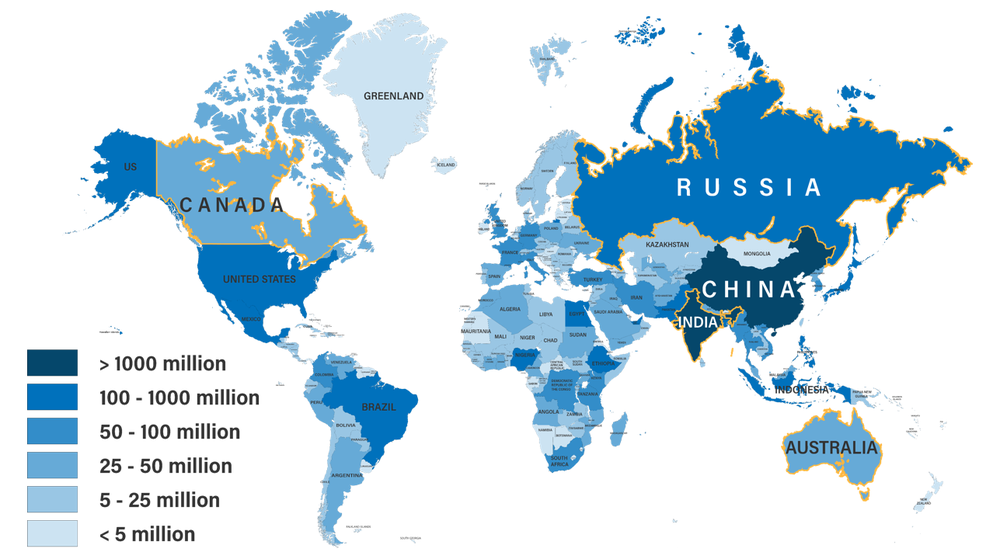Population ecology is a branch of ecology that focuses on understanding the dynamics of populations, specifically how and why they change over time. A population is defined as a group of organisms of the same species that inhabit a specific area simultaneously. To effectively study a population, it is crucial to establish clear boundaries for the area of interest, which can be determined either naturally or arbitrarily.
Natural boundaries are defined by physical features of the environment, such as the edges of islands, while arbitrary boundaries are set by human-defined limits, such as state lines in the USA, like Florida. Ecologists have the flexibility to define these boundaries based on their research needs, allowing them to collect relevant data for their studies. Understanding these concepts is foundational for exploring more complex topics in population ecology in future discussions.



